Patty Schnyder calls it a day
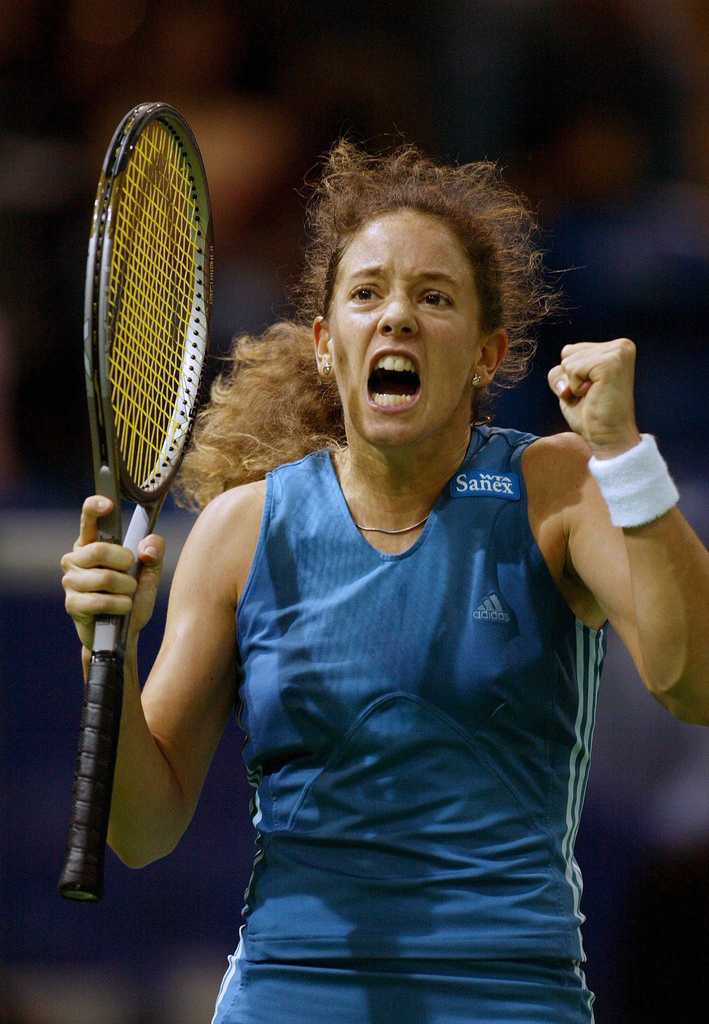
Switzerland’s top female tennis player Patty Schnyder, whose dramatic private life resulted in more headlines than her on-court exploits, has retired.
Despite spending 94 weeks in the top ten and winning 11 singles titles, questions will always remain about what the 32-year-old could have achieved had she not fallen under the spell of two Svengali-like managers with no tennis experience.
Schnyder – pronounced Schneeder – played in 59 grand slam tournaments, including 52 in a row from 1997-2009, where her best result was reaching the semifinals at the 2004 Australian Open.
“It’s time to close this amazing chapter of being a tennis player,” Schnyder said on Saturday, four days after losing in the first round of the French Open.
She said there wasn’t one deciding factor that had prompted her “very emotional” decision, but she admitted that recent weeks “hadn’t been easy”. She won only three of 12 matches this season, exiting several times in the first round.
“The evening after the singles [at the French Open] I said, ‘I’ve reached my 100 per cent’. That’s just a feeling of my heart. It feels right.”
Schnyder, a small yet muscular lefthander who turned professional in 1994, is currently ranked 55th in the world. She peaked at No. 7 in 2005.
She said her only regret was not reaching the last match of a grand slam tournament. “The Grand Slam final was definitely a dream, and it will remain a dream.”
Schnyder added that one of her career highlights was clinching the title in Zurich in 2002 – “and the Fed Cup in Switzerland.”
In 1998 she teamed up with former world number one Martina Hingis – two years her junior – to reach the final of the Fed Cup, the female equivalent of the Davis Cup, in Geneva.
“Unique game”
René Stauffer, a tennis journalist with Zurich’s Tages-Anzeiger newspaper and author of “Quest for perfection: The Roger Federer Story”, said Schnyder’s “unique game” took her further than many people had expected.
“She was playing against stronger opposition, tougher players with much more power and she really outsmarted a lot of them,” he told swissinfo.ch.
Schnyder is only 1.68 metres tall, but Stauffer said her lack of power was compensated for by “her talent, her tennis brain and her touch”.
“She played drop shots, high balls, angled balls, she had a left-handed serve – all this together made her a unique opponent and a lot of girls just didn’t know how to handle that.”
But despite notching up victories over almost all the top players including Martina Hingis, Lindsay Davenport, Serena Williams, Steffi Graf, Kim Clijsters, Justine Henin, Amélie Mauresmo and current world number one Caroline Wozniacki, she never managed to reach a grand slam final.
“The problem was that she always found someone who was stronger than her, especially in the big tournaments. At the beginning of her career nobody knew how to play her. Then the technology improved, the girls got stronger and it was another era. Even Martina had it much tougher in the end,” he said.
“Ten years earlier she might have won a grand slam…”
Private problems
As for her personality, Stauffer said Schnyder is “likeable” but doesn’t let people get close to her – especially journalists.
“My feeling is that she considered us her enemies most of the time – she didn’t see that we were also helping her career and she could have had a much better public image if she had handled her media affairs a little better.”
And her public image needed all the spinning it could get. Schnyder hit the headlines aged 20 when she dropped her successful Dutch coach Eric van Harpen for Rainer Harnecker, a self-styled “natural therapist” who reportedly convinced her to drink three litres of orange juice a day.
Her parents became so concerned that they hired a German private detective, Rainer Hofmann, to help out.
Hofmann managed to prise her away from Harnecker, but in a twist worthy of any soap opera, soon took control of her life and used Swiss tabloids to drive a wedge between Schnyder and her parents – they are “like the Taliban” she once said in an interview about her parents, with whom she is no longer on speaking terms.
In 2002, Hofmann pleaded guilty to embezzlement in Germany – and was put on probation for three years – but this didn’t prevent him and Schnyder from marrying the following year.
As a result of these relationships, lucrative sponsors stayed away.
In March 2011, the tabloid Blick reported that Schnyder was being chased by debt collectors for almost SFr400,000 ($470,000). This despite winning prize money of more than $8 million.
What if?
How would things have turned out had Schnyder been coached by someone with experience of tennis rather than orange juice or fraud?
No one knows. But the fact remains that of her 11 singles titles, six were won between 1996 and 1999 under Eric van Harpen.
In Blick on Monday, van Harpen said he was sure that with a real trainer Schnyder could have reached a grand slam final.
“She had so much talent. Whoever can go from nothing to the top ten within 14 months and beat all the top players can achieve virtually anything.”
Patty Schnyder’s management did not respond to swissinfo.ch’s requests for an interview.
Patty Schnyder was born on December 18, 1978, in Basel, the same canton as Roger Federer.
She was a tennis professional from 1994-2011.
She won 555 matches and lost 369. Her career prize money totalled $8,419,111 (SFr7.2 million), putting her in the top 30 of all time.
She won 11 singles titles, the last being in Bali in September 2008.
Her greatest success in a grand slam event came at the 2004 Australian Open, where she reached the semifinal before falling to Kim Clijsters.
In December 2003 she married her coach Rainer Hofmann, a convicted fraudster.
At her press conference on May 28, Patty Schnyder gave no clues as to what she would do next.
“I need a bit of time to stand back – it’s still totally uncertain.”
Schnyder’s biography, “The White Mile”, which was co-written by her husband, is set to be published in October.
As for the future of Swiss tennis, René Stauffer, a tennis journalist with Zurich’s Tages-Anzeiger newspaper, said it “doesn’t look that bright at the moment”.
Switzerland’s top female player is now 21-year-old Timea Bacsinszky, currently ranked 58 in the world – but according to Stauffer Bacsinszky is “maybe not a top 20 tennis player like Patty was”.

In compliance with the JTI standards
More: SWI swissinfo.ch certified by the Journalism Trust Initiative

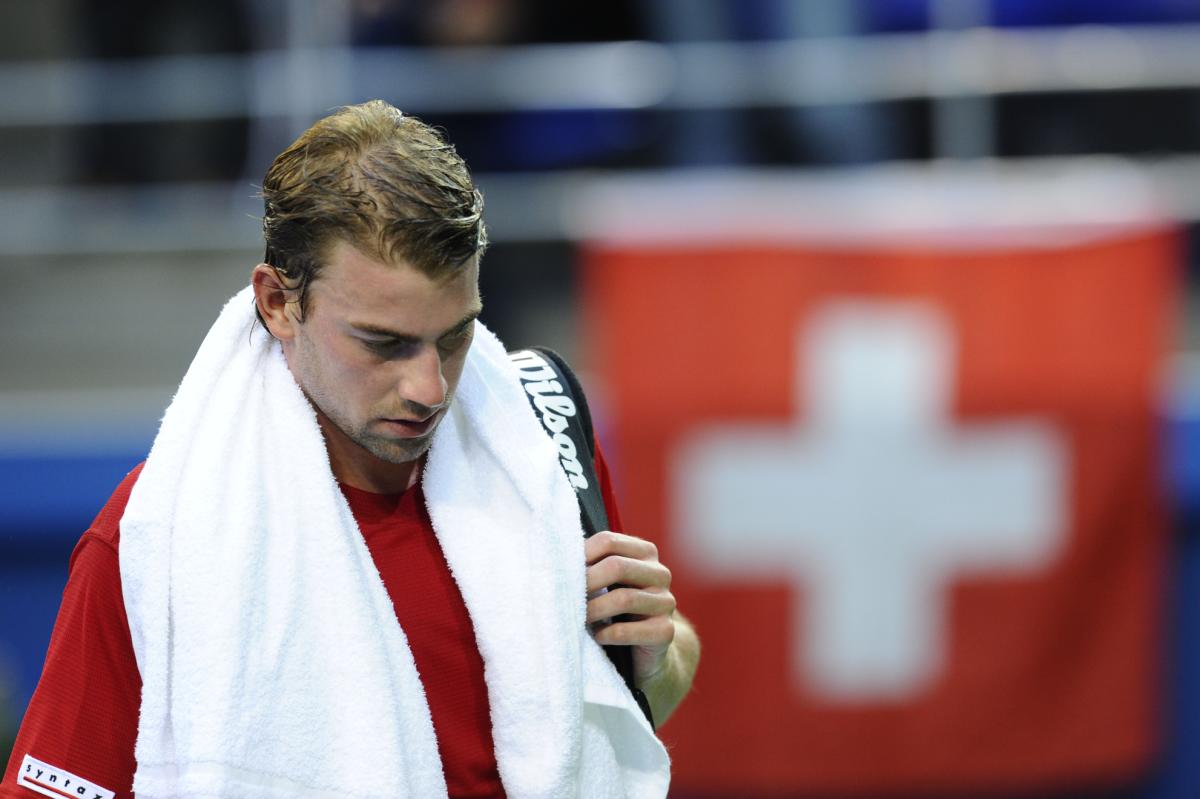
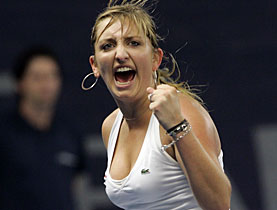
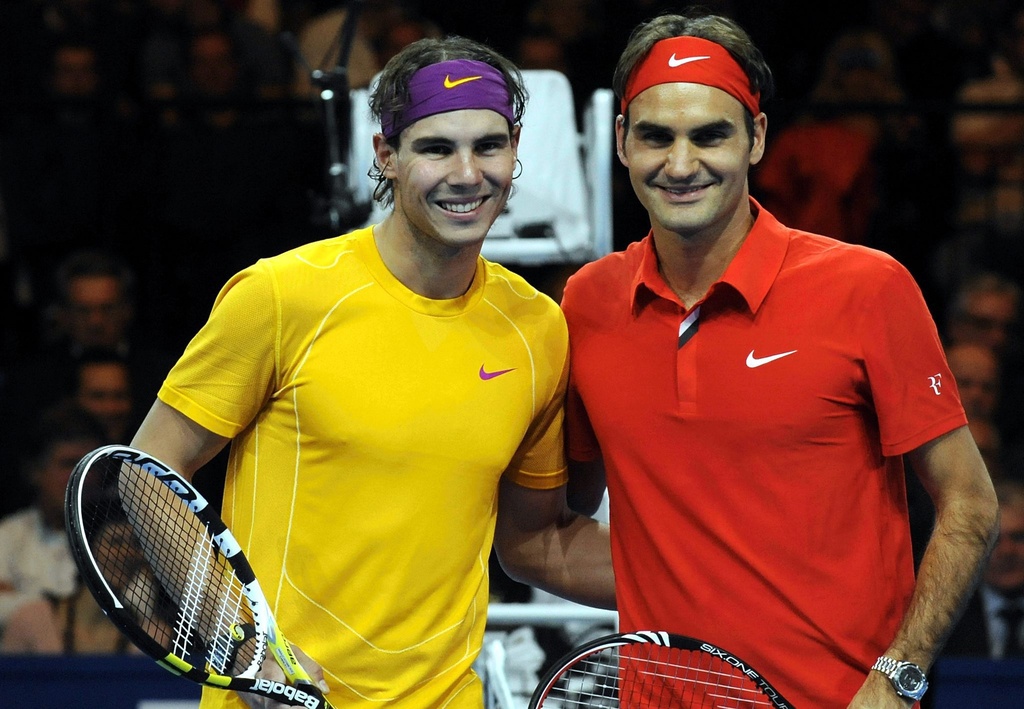

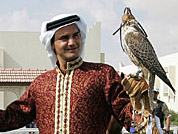
You can find an overview of ongoing debates with our journalists here. Please join us!
If you want to start a conversation about a topic raised in this article or want to report factual errors, email us at english@swissinfo.ch.